Colombia: Bogotá
Objavljeno: 05.08.2017
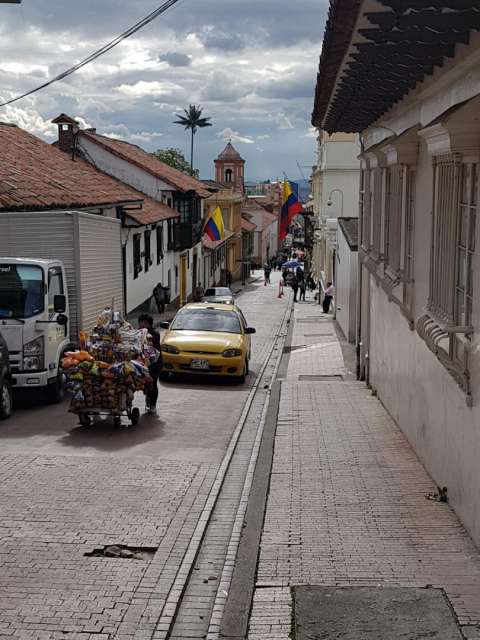
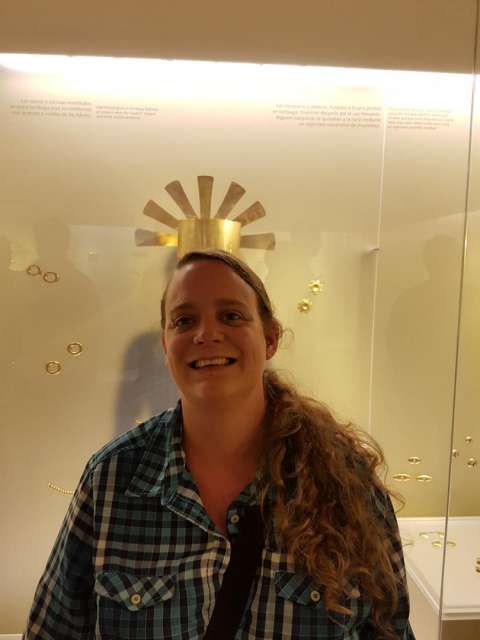
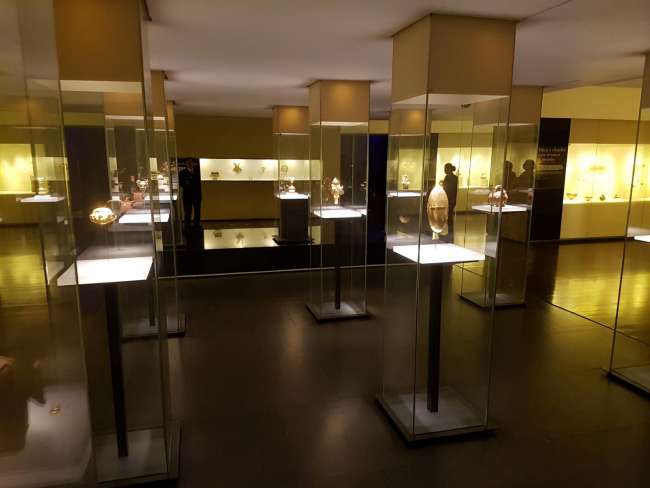
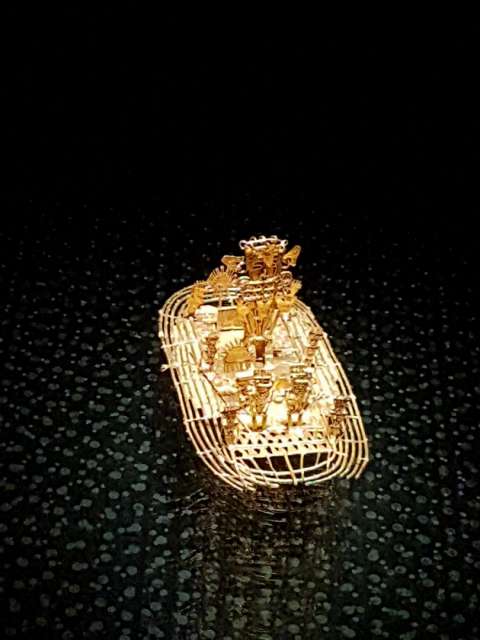
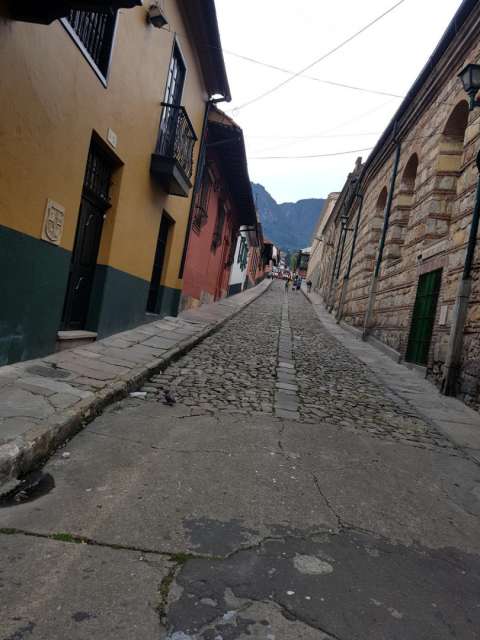
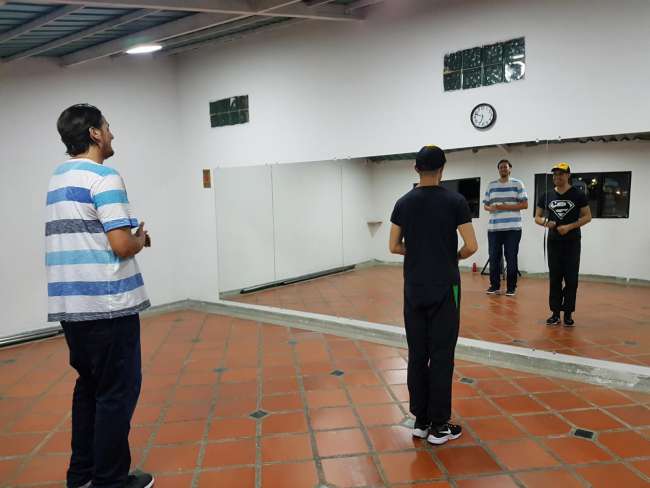
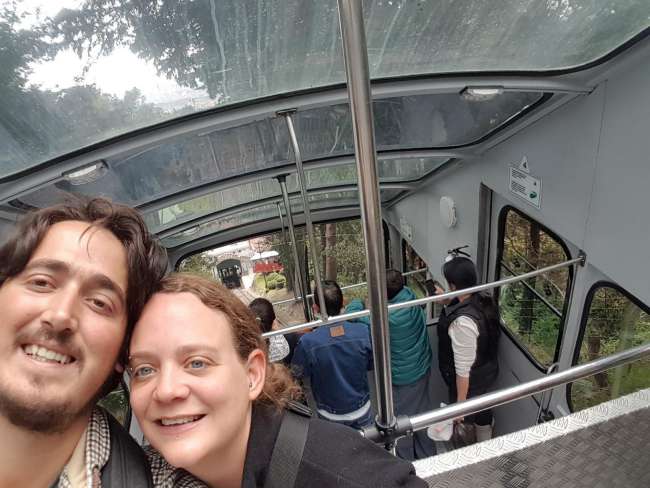
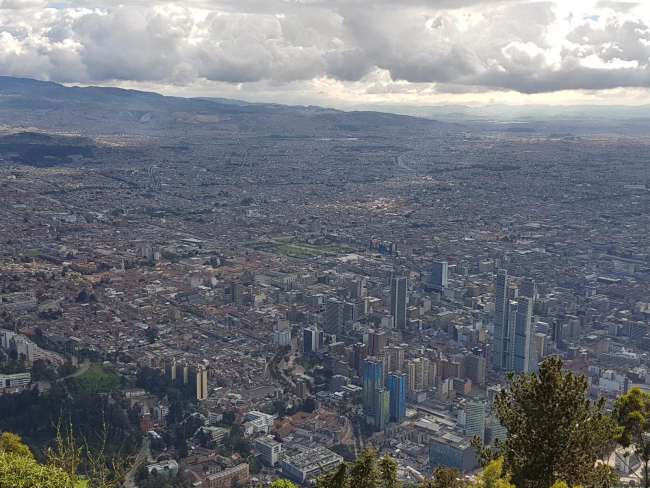
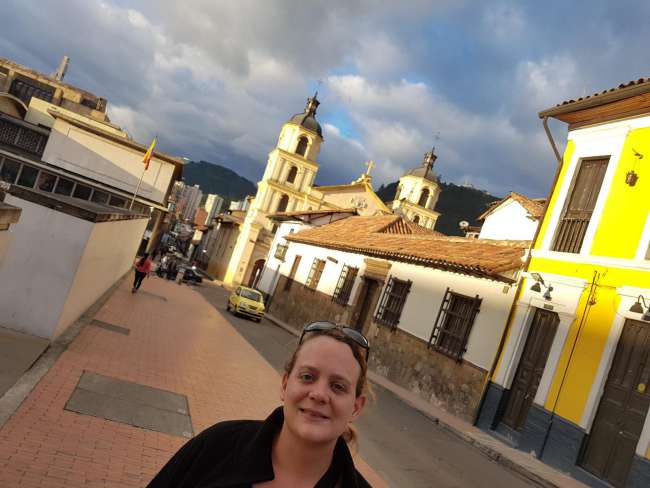
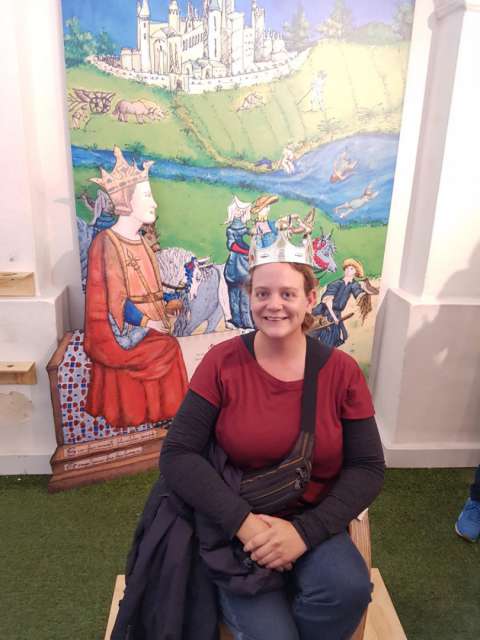
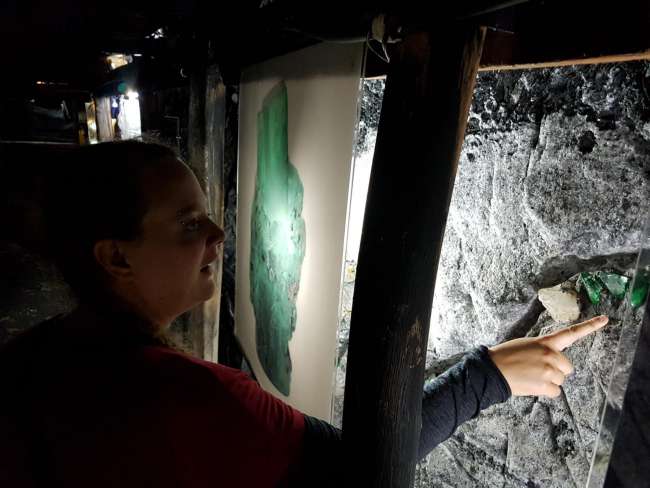
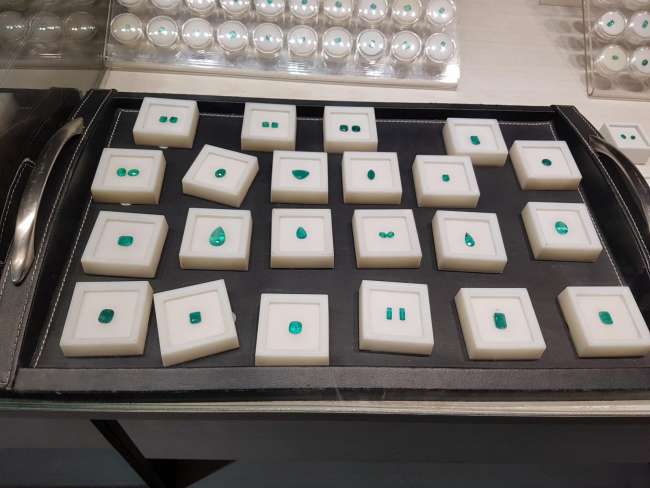
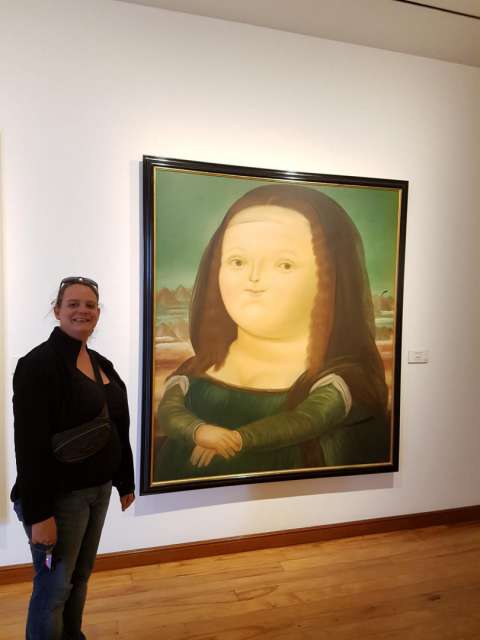
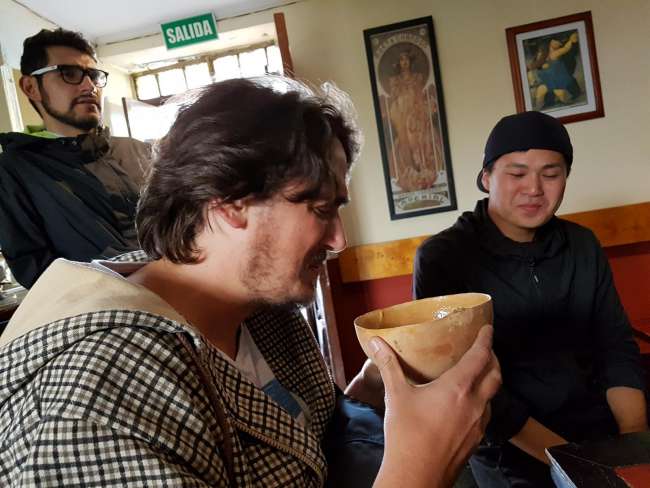
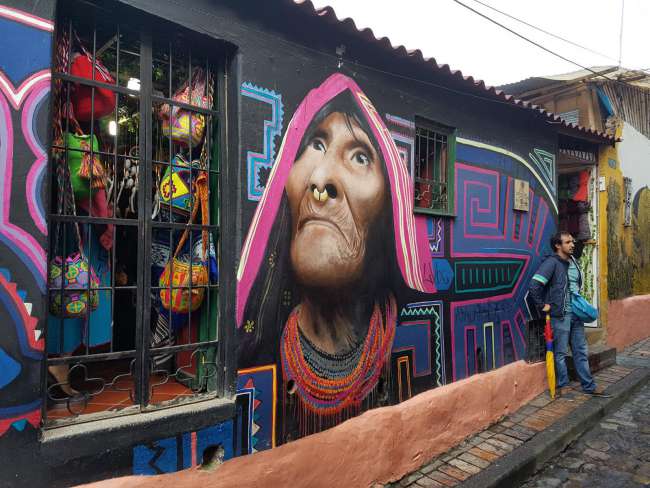
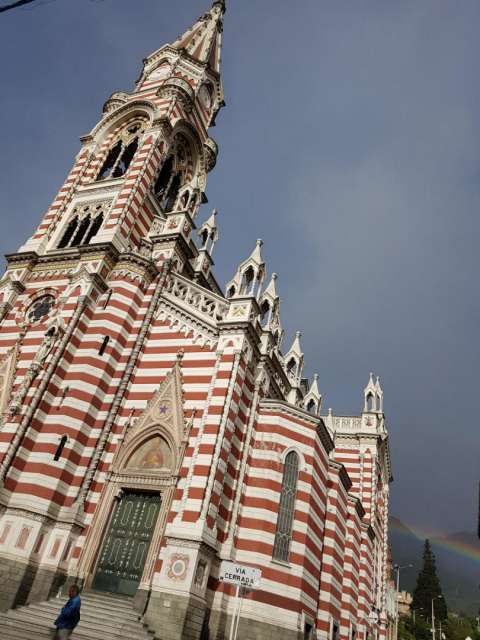
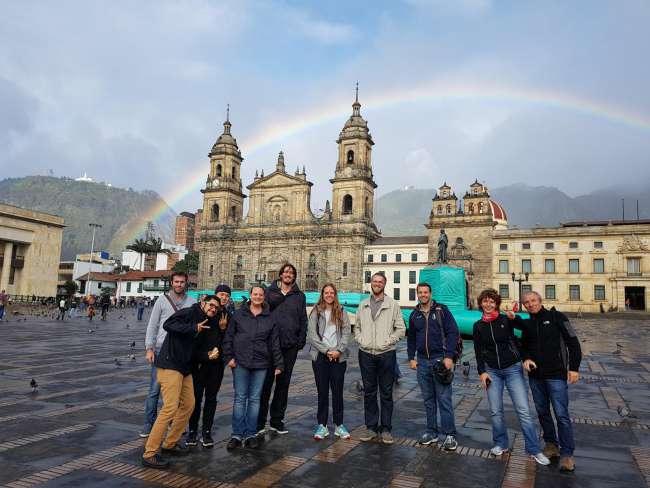
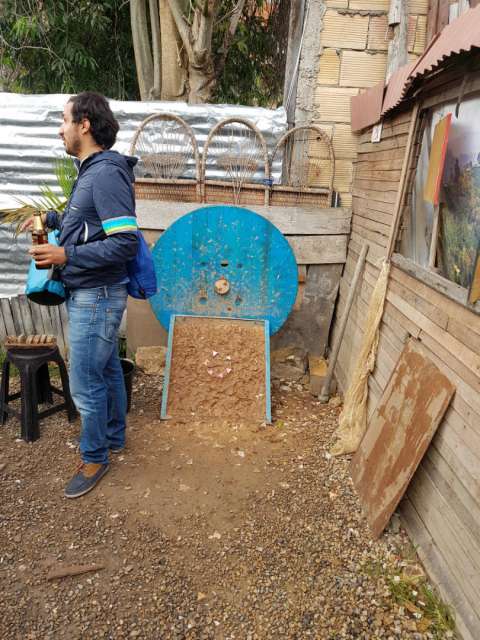
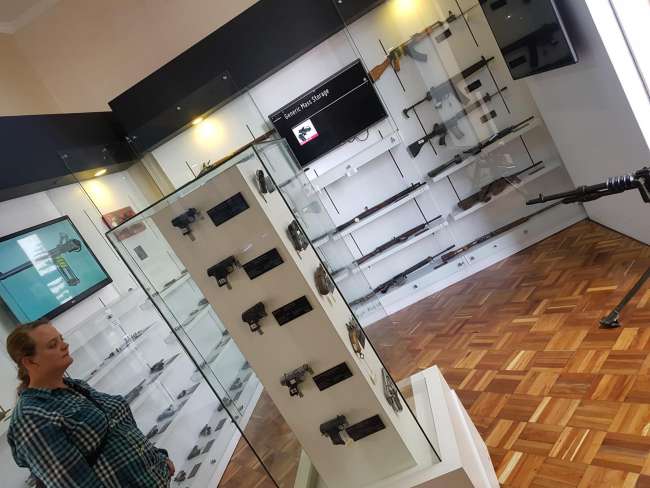
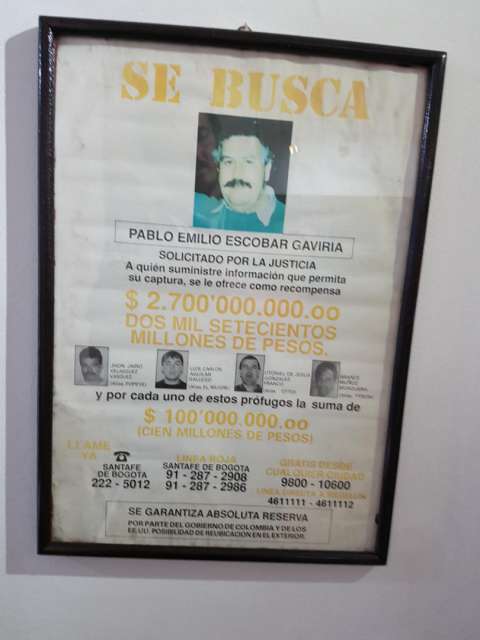
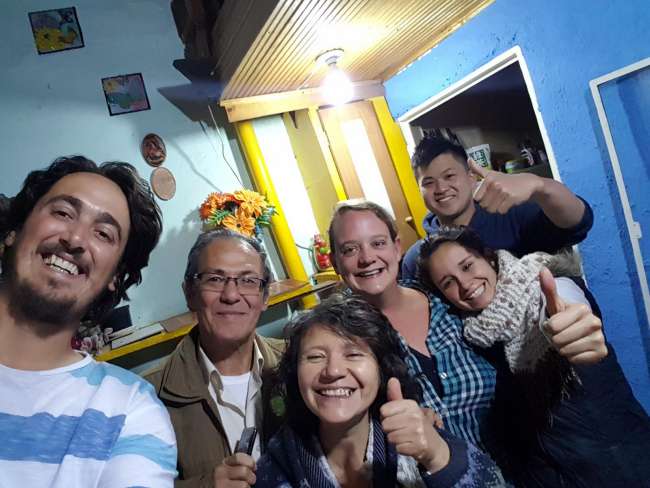
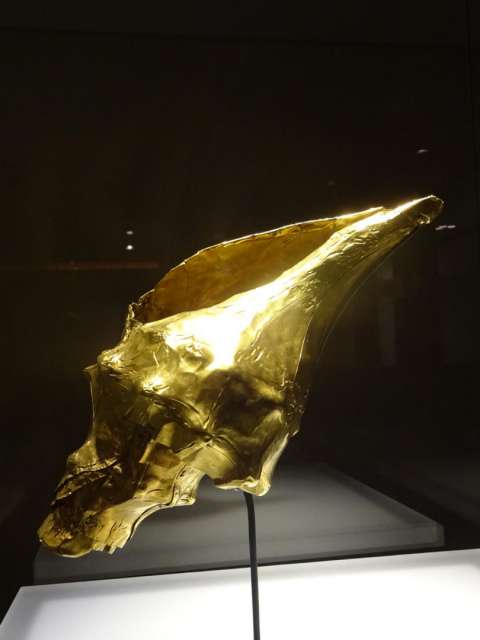
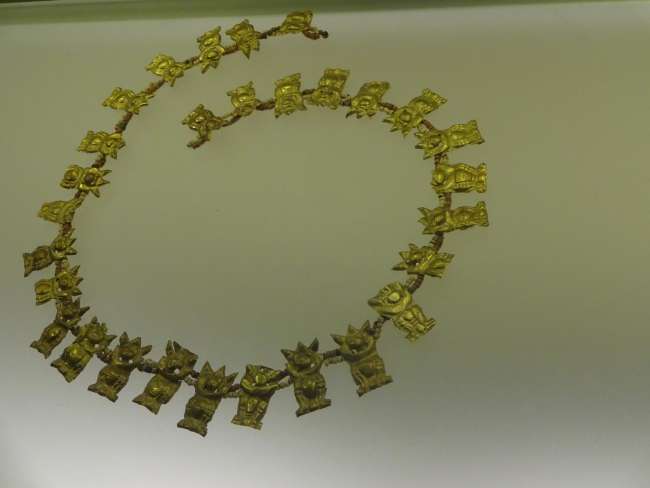
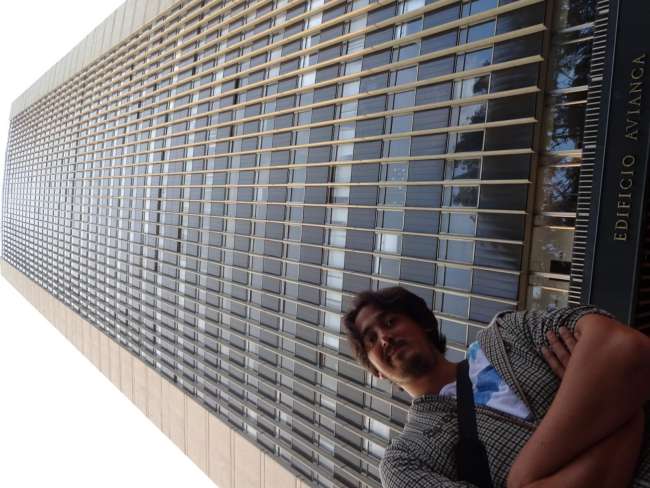
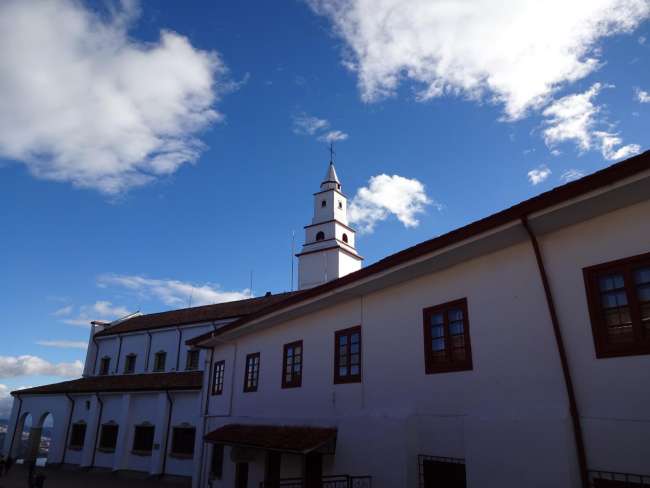
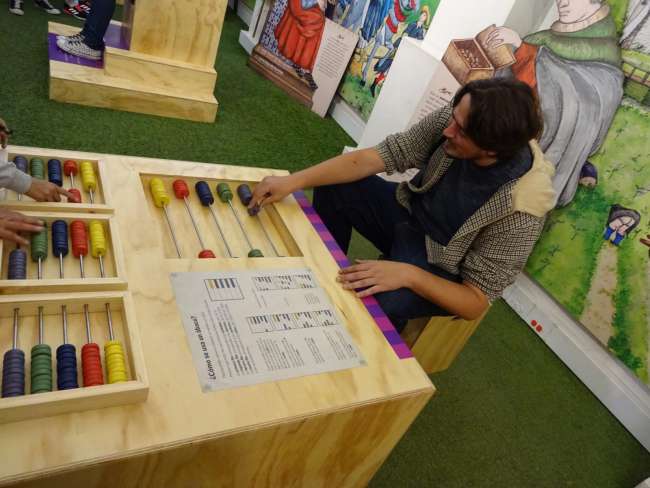
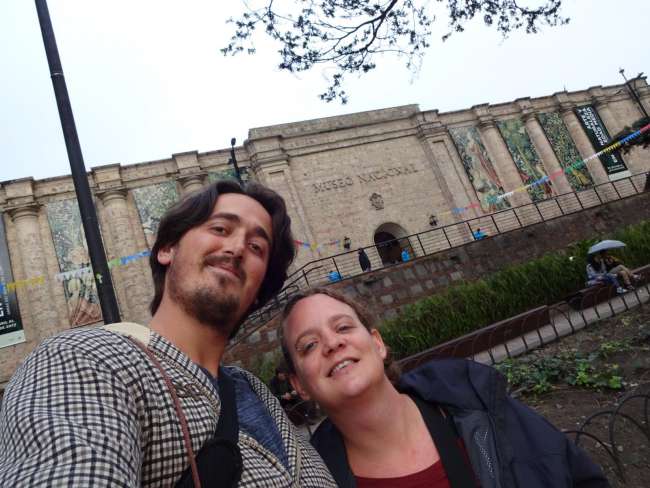
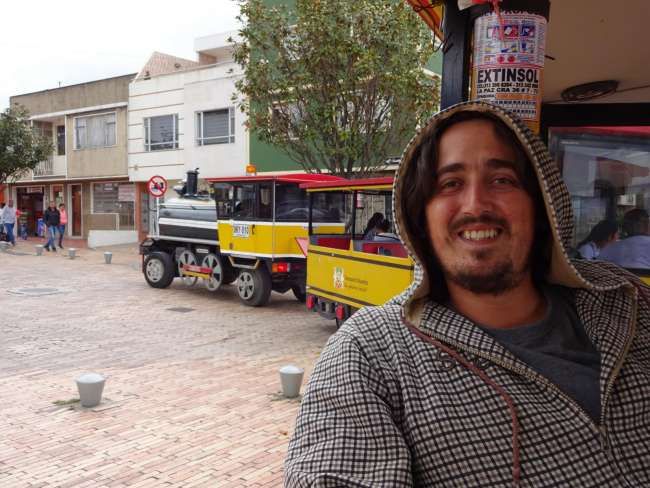
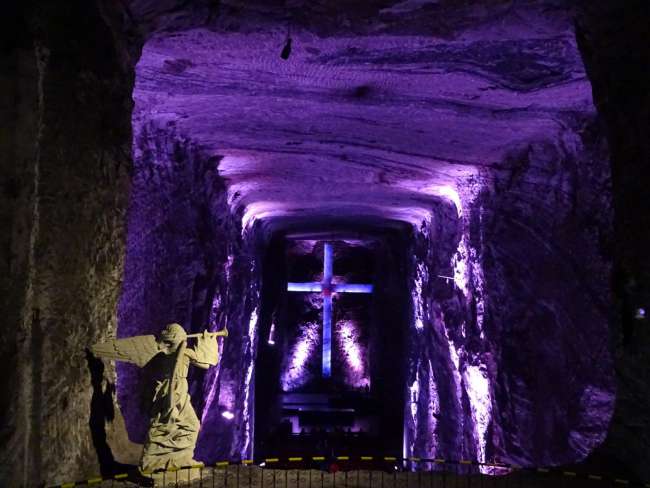
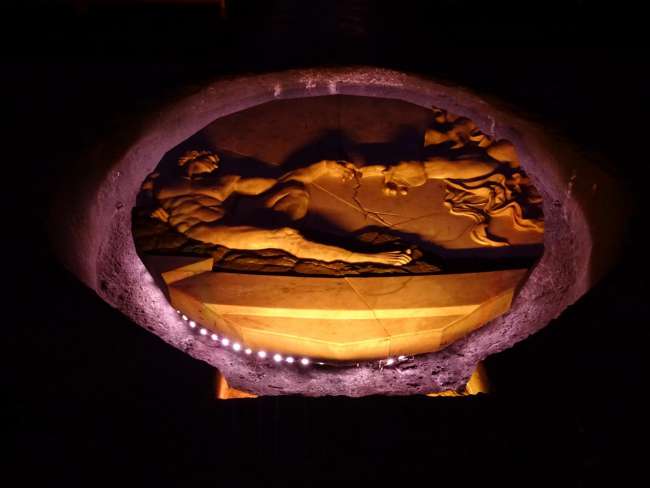
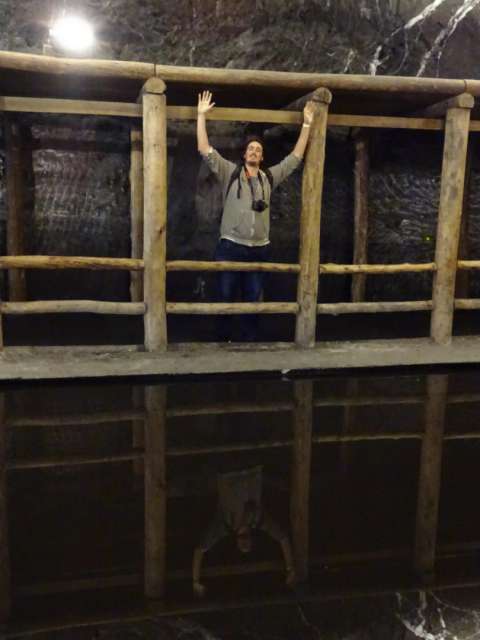
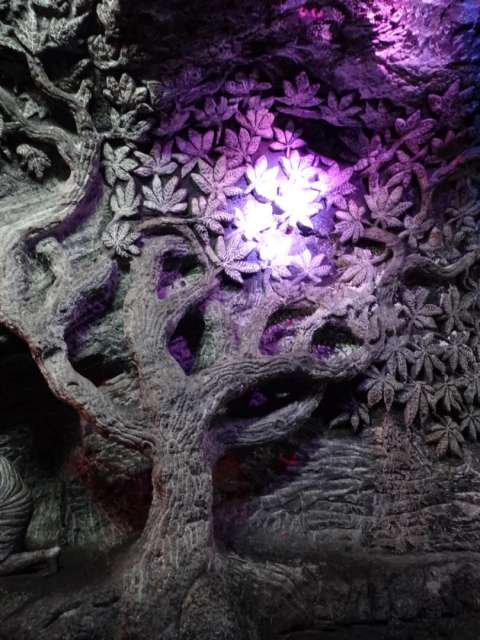
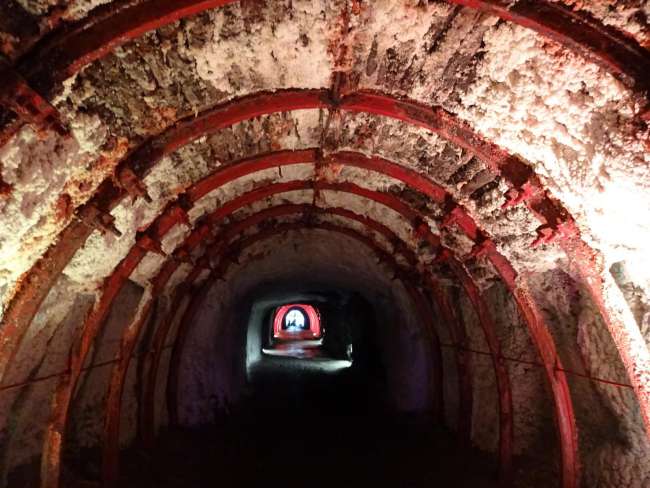
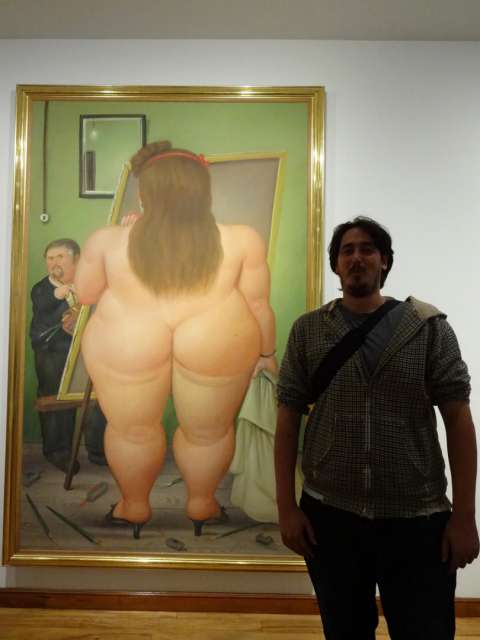
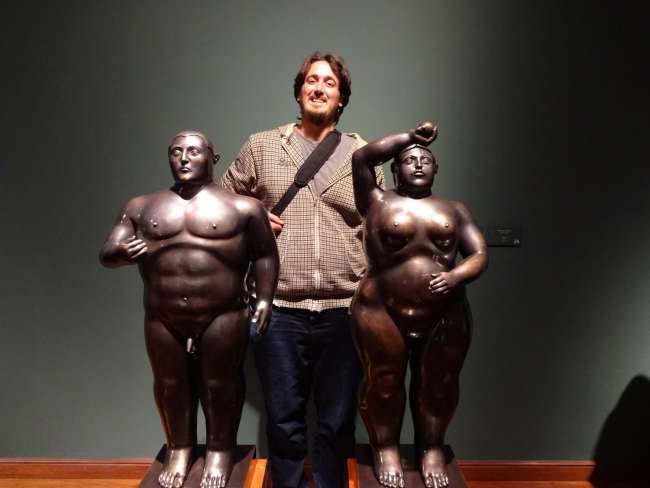
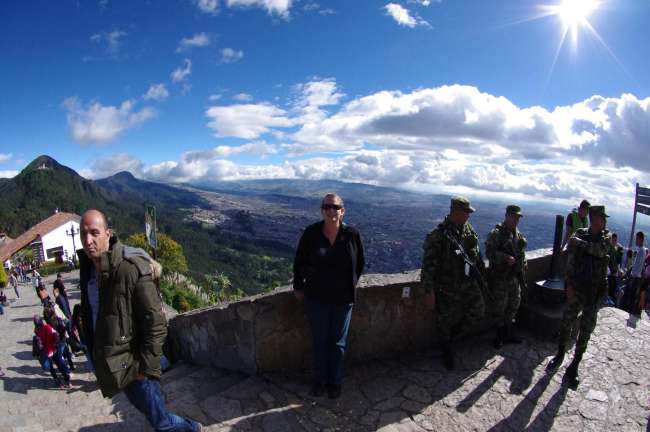
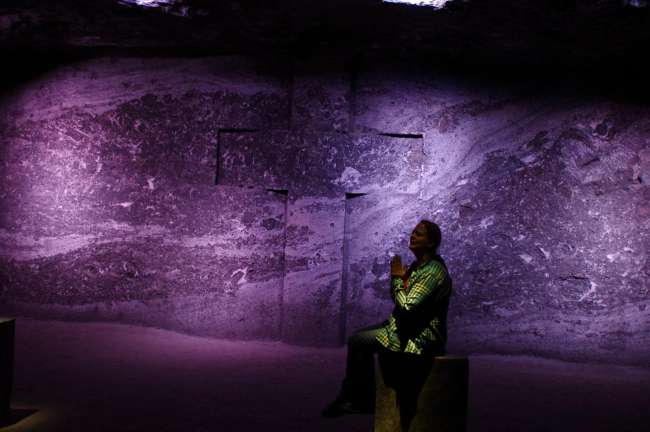
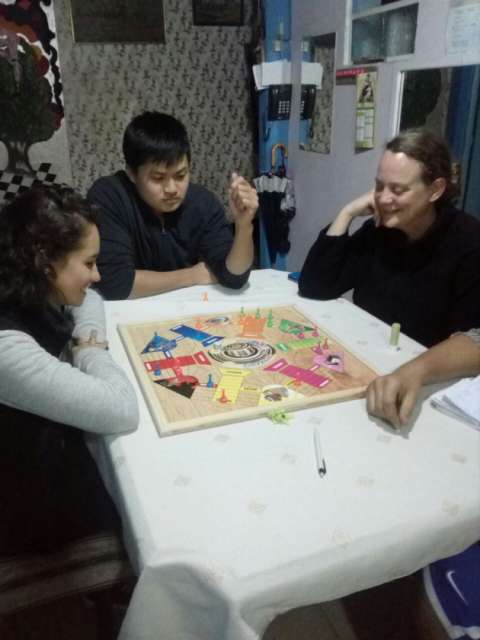
Pretplatite se na bilten
Upon arrival in Bogotá, we first enjoyed the first primitive signs of a civilized, capitalist society: there was a McDonald's at the airport! After indulging in a hearty, unhealthy meal, we made our way to Candelaria, the historic center of Bogotá, where our hostel was located. The booked hostel was overall okay, but we were slightly surprised when the nice man at the reception told us that there was no key for our room. But we were told not to worry, the hostel was very safe, nothing would be stolen, and there was no need to lock our room. Oh well. We've heard different things. As savvy travelers, we naturally had our own (number) lock with us, which allowed us to lock the room perfectly. So this problem was quickly solved. I don't know what caused it, maybe because the hostel staff didn't like that they couldn't enter our room anymore (after all, they didn't know our combination), but miraculously, a key for our room appeared the next day. Strange.
When you hear the word Colombia, you don't normally associate it with safety. You always read that you should ask the locals where it is safe and where it is not. We did that too. The only problem was that everyone told us something different. Interestingly, younger people tend to say that it is pretty safe everywhere, while older people advise against everything and everyone. It is definitely best not to be completely intimidated, but still be cautious and use common sense.
However, a lot has certainly been done for security in Bogotá. The police presence is really massive, especially in tourist areas. But whether you can consider yourself safe because of that is doubtful, as a guide during a tour says: Usually there are a lot of police officers on this square, so watch out for your wallet. Corruption is certainly an issue in Colombia, we heard that in many places.
Our host family also told us that the people in Bogotá are actually very happy about the tourists, as the tourism has led to a lot of efforts in terms of security, from which the locals also greatly benefit. For example, our host family lived right next to the military museum, where apparently there was a bomb attack a few years ago. Since then, armed soldiers have been patrolling the street 24/7. Good for the family, and good for us, so we could go out to the street to smoke a cigarette in the middle of the night without any problems. Occasionally, one of the soldiers even managed to ask for a cigarette from us.
But the same thing is happening in the center of Bogotá as in many other places: the locals can no longer afford to live in the city center, as it is more lucrative to accommodate hostels and tourist facilities in the houses. Our host family also told us that many friends have moved away from the historic center and not many people live here anymore. So every medal has two sides. However, even in the old town, the simpler people still live. There is a very clear (and visible) separation: the rich in the north, the poor in the south.
What impressed us the most in terms of safety was an app called Tappsi, with which you can order safe taxis in the style of Uber. I am absolutely thrilled about it. The app shows exactly where you are using GPS, so you can simply order a taxi with the push of a button. Within a few moments, you receive a confirmation including the name and license plate of the taxi driver. Since you have to register, the taxi driver also knows my name and can immediately mention it. When getting in, I give the driver my security code, he enters it into his system, and I immediately receive a message from the Tappsi app that I am in a registered and safe taxi. Brilliant thing, especially if you want to take a taxi late at night in some shady areas.
There are a tremendous number of homeless people and beggars in Bogotá. It is sad to see how many people have to sleep on the street. Of course, it is also annoying to be constantly begged for money as a foreigner, but unfortunately, we are already used to this from many other countries. However, it was a completely new experience for us: if you don't voluntarily give anything to the begging person, they will unabashedly and without any secrecy quickly reach into your pants or jacket pocket and take whatever they can. There was nothing for them to take from us. Nevertheless, we were quite shocked by this. Interestingly, it only happened to Jörg, they mostly left me alone.
Since Jörg had little time to learn Spanish before departure, it was important for him to take a course at the beginning of the trip to learn some basics. So on the first day in Bogotá, we immediately set out to look for a language school. That's how we ended up at the International House Bogotá. We were able to take a placement test on the same day and enroll for the following Monday. We decided to take a combined Spanish and salsa course (Spanish in the morning, salsa in the afternoon). So we were language students in Bogotá for the next 2 weeks.
To make the most of this time, we decided to stay with a host family with half board. For the money we paid, we could have stayed in an upscale 4-star hotel. Instead, we stayed in a tiny room without windows, without our own bathroom, and shared a bed that was 1.2m wide and about 1.8m long (Jörg and I!!!), and on top of that, it was freezing cold. At first glance, the only advantage was that the family lived right next to the school. Very convenient for late risers like us. At the beginning, we considered giving up the host family and going back to the hostel (which would have been much cheaper), but our host family was really incredibly lovely and nice to us, gave us a very warm welcome, and spent a lot of time with us. The Torres family: Rodrigo (father), Elisabeth (mother), Linda and Nathalie (daughters), and Sho (another Spanish student from Japan). Every evening after dinner, we stayed up for a long time, talking or playing games. On Saturday evening, Linda and her boyfriend Ivan went out with us to dance salsa. Another advantage was that Linda is an English teacher at a private college. So she was always there to help when we didn't know words in Spanish. And we really talked about everything: politics, economy, travel, culture, way of life, etc. It's not easy when you don't speak Spanish so well. I think we gained a lot from this time with the family, so in the end, it was absolutely worth it. The farewell was correspondingly difficult, and we will miss our Colombian family very much.
Regarding costs, however, we should mention the following: in the first week, we booked a combined Spanish and salsa course. In order to take the salsa lessons (4x 1.5 hours per week), we had to pay an extra $70 per person. Then we asked at the salsa school if it would be possible for us to book the course directly at the dance school for the second week. The nice lady immediately said yes, it was possible, and she would give us a 20% discount, resulting in a total of only $20 per person!!!!! This means in plain language that the language school actually charges three times the price! For a single phone call to book the course! Later, we found out that even the family only receives a third of what we pay the school for accommodation and meals!!! What arrogance, we were really angry and at first, we wanted to complain. However, we decided against it because we don't want the family or the dance school to get into trouble. Both the family and the dance school have contracts with the language school and rely on the students and some extra income. At least the family had the advantage that we shared a room, so they actually got paid twice as much for the room. Nevertheless, this is only a small consolation and it left a bitter aftertaste for us. As I said, for the money, we could have easily stayed in a nice 4-star hotel, while the family only received a tip, so to speak. The lion's share went to the school, even though they didn't do much except make a few phone calls.
About dancing: We learned salsa cubana in Switzerland. Cool thing. We didn't know specifically that there is also salsa colombiana. Now we know. And no, it's obviously not the same. In salsa colombiana, it's apparently not about dancing as beautifully as possible, but as fast as possible. You have no idea how fast. Jörg and I didn't stand a chance. It's actually more like hectic hopping than dancing. And in my opinion, faster doesn't necessarily mean more beautiful. You can't even see the movements because of all the hopping around. It was certainly interesting and great for an evening workout, but we didn't like it from a dancing perspective. Also, the dance school was quite far from the city center (in one of those shady neighborhoods), so we were occupied all day and had no time to see Bogotá after school. That's why we only did one week. But we have to say that we were received and treated incredibly kindly and nicely at the dance school (Imperio Latino).
What else did we do in Bogotá?
Quite at the beginning, we visited the Museo del Oro (Gold Museum). It is touted as one of the best museums on the continent. And it is truly impressive! It is huge, there are countless exhibits, and all made of gold, silver, and emeralds. It tells the story of the various indigenous cultures and their processing techniques for these materials, the cult around gold and gemstones, the spiritual significance, and the myth of El Dorado, which originated in the Guatavita Lake near Bogotá. You are literally flooded with information and impressions. Highly recommended.
A must-see of course is the visit to Monserrate (Bogotá's mountain). You can reach the mountain either by a funicular or a cable car. Alternatively, you can also hike up. We heard that apparently there are religious Colombians who go up the mountain on their knees as an act of faith. Ouch. We read that it is apparently not very safe for foreigners to hike up, and there have been attacks, so we decided to take the funicular (the cable car didn't look particularly trustworthy either). On the mountain, there are a few restaurants, a church, and of course, some souvenir shops. It's a very touristy place, but the view of Bogotá is spectacular. Just imagine that this city has as many inhabitants as the whole of Switzerland.
We also visited the Museo Nacional. Another huge museum dedicated to the history of Colombia. A large part deals with Spanish colonization, but you learn little about the independence war. Towards the end of the exhibition, it becomes more and more mixed with various topics, and the common thread is not so evident anymore. Particularly noteworthy is the very first part of the exhibition, which deals with the Middle Ages in Europe and serves as an introduction to the topic of the conquest by the Spaniards. This part is mainly intended for children, very interactive, with games and fun, and we also had a lot of fun watching the children and parents play and learn.
A special museum is the Museo Botero, which mainly exhibits works by the Colombian artist Fernando Botero. A highlight. Botero's art has a very specific characteristic. All of his figures are fat - very fat. They mainly depict people, but also some still lifes. And all of them are round, lush, and voluminous. We were particularly taken with the fat Mona Lisa. I actually like her better than the original, very sweet. We would have liked to buy a poster for home, but it's difficult to transport such a large poster. I'm generally not such a big fan of art museums, but this one is really something different.
We also visited the military museum. There's not much to say about it: military, weapons, war machinery... a huge collection of handguns and rifles, my father would have liked it for sure.
The police museum is also highly praised. I don't know what it was, most likely because the young police officer who was guiding us in the museum could hardly speak English, but the tour was terrible, very short, and we hardly saw anything in the museum. Looking back, a Spanish tour would probably have been the better choice, but we decided not to do it again...
We also had the opportunity to participate in a city tour organized by the school. This was also very interesting, we discovered some previously unknown streets and corners and learned many funny and also dramatic anecdotes about the city, its history, and its inhabitants, which was very entertaining. To conclude, we went to a café where we were introduced to the rules of the Tejo game. A game with clay, stones, and gunpowder. An explosive thing. We also tried Chicha, a traditional alcoholic beverage made by people chewing maize seeds and spitting them into a barrel, where it ferments. Disgusting thing.
Another so-called must-see is the Salt Cathedral in Zipaquira. A curious thing, there was hardly any salt. It is a salt mine where, as far as we understood, salt is still mined today. There are different levels. The first and oldest levels of the mine are inaccessible because they are apparently at risk of collapse. The level where salt is still being mined is also not accessible. One level was converted into an underground cathedral. Beautiful and incredibly impressive they say. Actually, there were only crosses. Many crosses. Made of stone. Not salt. The caves themselves are actually very impressive due to their huge dimensions. But that's about it. Otherwise, it's a typical tourist trap with many souvenir shops and staged performances and activities. Well, it was still a nice day.
Pretplatite se na bilten
Odgovori
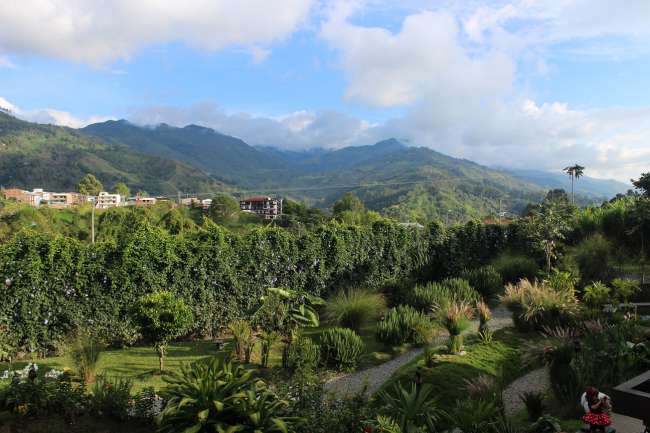
Izvještaji o putovanjima Kolumbija

